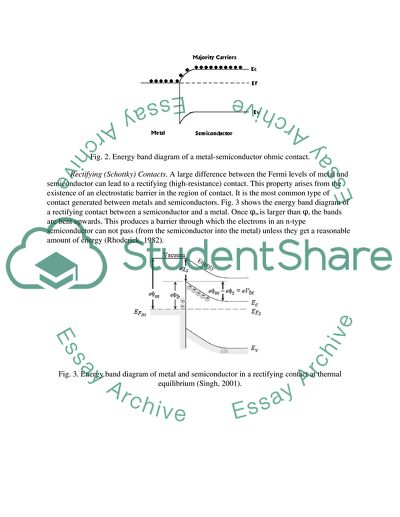Cite this document
(Fabrication, and Characterization of Pentacene Thin Film Transistor, Assignment, n.d.)
Fabrication, and Characterization of Pentacene Thin Film Transistor, Assignment. Retrieved from https://studentshare.org/technology/1740865-background-metal-insulator-semiconductor-contacts-spin-coating-fabrication-and-characterisation-of-pentacene-thin-film-transistor-different-organic-thin-film-transistor-structuresafm-atomic-force-microscopy
Fabrication, and Characterization of Pentacene Thin Film Transistor, Assignment. Retrieved from https://studentshare.org/technology/1740865-background-metal-insulator-semiconductor-contacts-spin-coating-fabrication-and-characterisation-of-pentacene-thin-film-transistor-different-organic-thin-film-transistor-structuresafm-atomic-force-microscopy
(Fabrication, and Characterization of Pentacene Thin Film Transistor, Assignment)
Fabrication, and Characterization of Pentacene Thin Film Transistor, Assignment. https://studentshare.org/technology/1740865-background-metal-insulator-semiconductor-contacts-spin-coating-fabrication-and-characterisation-of-pentacene-thin-film-transistor-different-organic-thin-film-transistor-structuresafm-atomic-force-microscopy.
Fabrication, and Characterization of Pentacene Thin Film Transistor, Assignment. https://studentshare.org/technology/1740865-background-metal-insulator-semiconductor-contacts-spin-coating-fabrication-and-characterisation-of-pentacene-thin-film-transistor-different-organic-thin-film-transistor-structuresafm-atomic-force-microscopy.
“Fabrication, and Characterization of Pentacene Thin Film Transistor, Assignment”, n.d. https://studentshare.org/technology/1740865-background-metal-insulator-semiconductor-contacts-spin-coating-fabrication-and-characterisation-of-pentacene-thin-film-transistor-different-organic-thin-film-transistor-structuresafm-atomic-force-microscopy.


